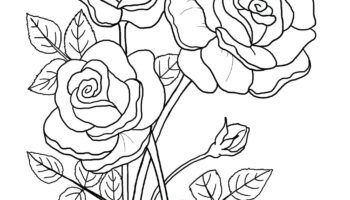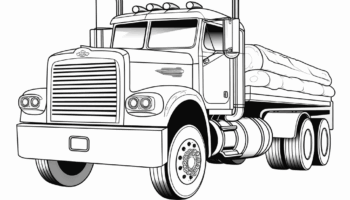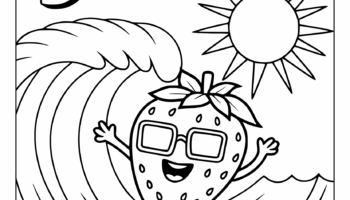The ability to create components for watercraft using additive manufacturing processes is gaining traction in the recreational and sporting sectors. These components, typically made from durable polymers, are designed for use in challenging aquatic environments, specifically for navigating turbulent river conditions. Examples include customized paddle grips, specialized fin designs, and reinforced hull sections tailored to specific boat models.
Adopting this manufacturing approach provides several advantages, including rapid prototyping, on-demand production of spare parts, and customization options for improved performance. Historically, manufacturing such components required specialized tooling and larger production runs, making it less accessible to individual enthusiasts or small-scale outfitters. This technology enables greater flexibility in design and material selection, leading to potential performance enhancements and reduced manufacturing lead times.
The following sections will delve into specific applications of this technology, discussing material considerations, design optimization strategies for whitewater environments, and the potential impact on safety and accessibility within the rafting community.









